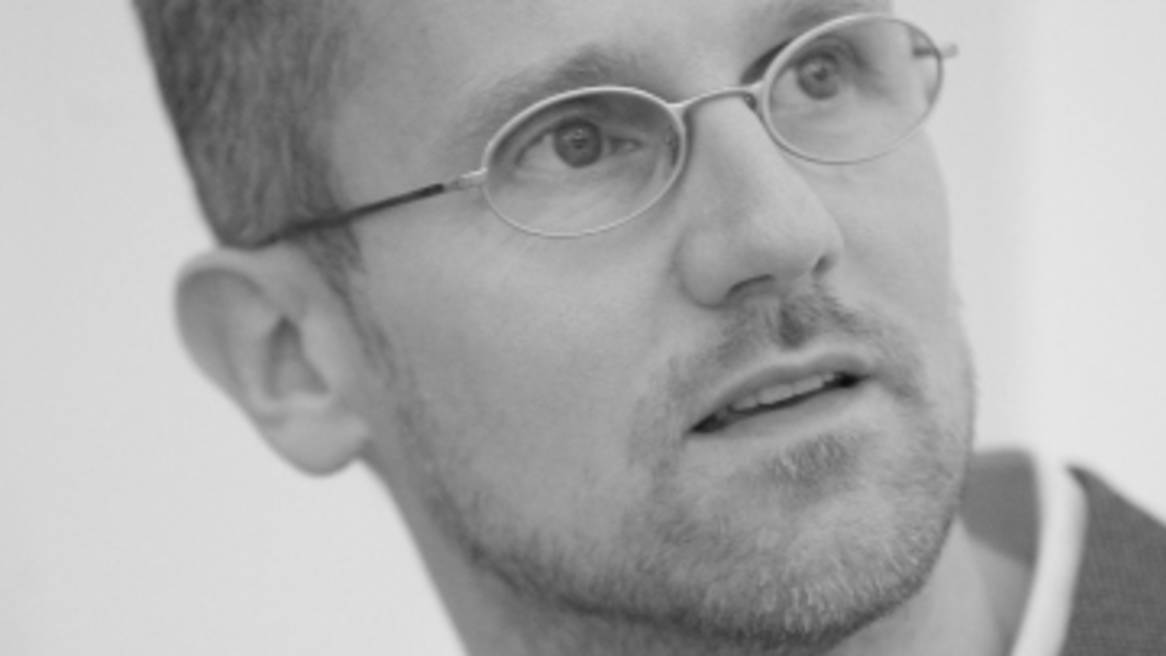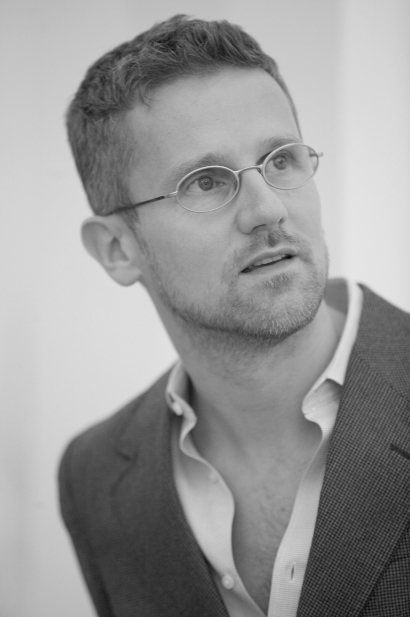On Meaningful Work and Wellbeing
360º: We learned a lot while working from home – why do you think we should still go to the office?
CR:
Remote working as a concept is not new. In the 1960s, urban theorist Melvin Webber predicted it. However, having the capacity to work from anywhere doesn’t mean we want to do that. As the sociologist Mark Granovetter argued in 1973, functioning societies are underpinned not only by “strong ties” (close relationships) but also by “weak ties” (casual acquaintances). Whereas strong ties tend to form dense networks – our close friends are often close friends with one another – weak ties connect us to a broader and more diverse group. By bridging different social circles, weak ties are more likely to connect us with new ideas and perspectives, challenging our preconceptions and fostering innovation and diffusion. While video chatting or social media may help us maintain our strong ties, it is unlikely to produce new ones.
A study at MIT conducted among students, professors and administrators during the pandemic seems to bear this out. We built two equal communication networks – one showing interactions before the campus was closed, and the other showing interactions during the shutdown. Initial results, we still need additional validation and peer review, indicate that interactions are narrowing, with people exchanging more messages within a smaller pool of contacts. In short, existing strong ties are deepening, while weak ties falter.






